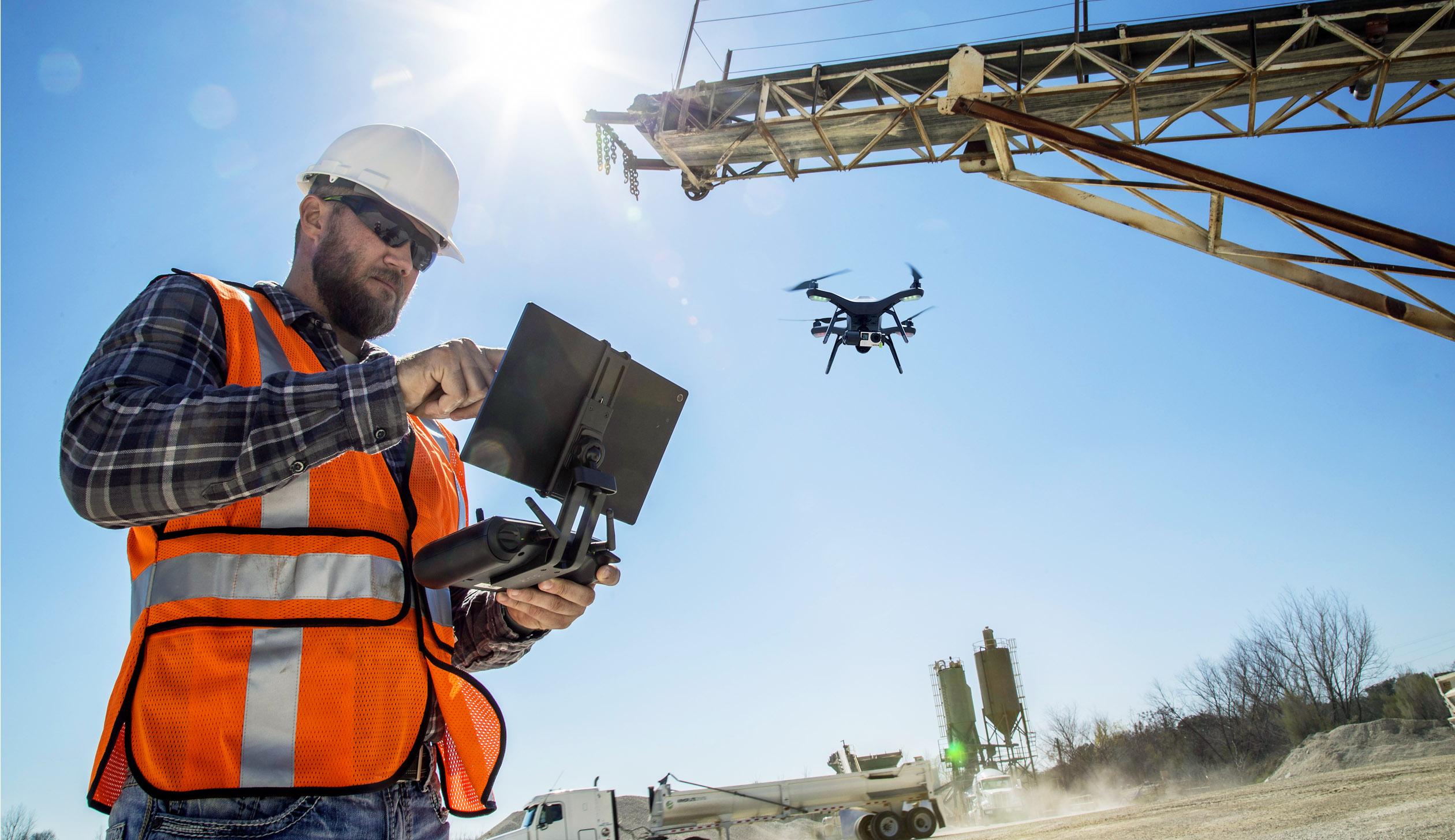In recent years, more construction contractors and companies are increasingly aware of how technology can boost accuracy, safety, and productivity in the job site.
Though the initial costs for adopting and implementing these techniques would be high, they will pay off in the long term and help strengthen their capability. Here are five solutions that are revolutionizing and bringing the construction job sites to a higher level.
Contents
1. Wearables
Although wearables haven’t made considerable inroads in the construction industry yet, contractors are adopting more portable devices to boost productivity and safety at the job site.
A simple unit as a wristband would measure some biometric stats, such as electrical activities, heart rates, and skin temperature to keep an eye on the statuses of the worker. This can be helpful in understanding his physical condition and reducing the risks of accidents.
Another advancement is the internet of things-enabled jackets. This unit would alert workers to any harmful decibel levels and toxins. Similarly, advanced shoes would sense and notify the wearers when they are carrying a too heavy load.
Some contractors recently purchase exoskeleton suits. These outfits would take some weights off workers in the job site. This will enhance safety and allow them to perform a better job as they would experience less fatigue and tiredness.
2. Virtual Reality and Augmented Reality
Virtual reality is often associated with gaming, but this technology is more and more popular in the construction industry.
It enables clients and contractors to be immersed in the world of their planned projects during the designing and planning stages, which can provide key stakeholders with a full experience to meet all expectations and needs. In construction, virtual reality can help with nearly all aspects, such as ensuring safety, boosting efficiency, and creating more consistent products.
But, there is now a more powerful tool: augmented reality. This technology would bring a real 3D world to you by having a model of a design on the existing space. Augmented reality comes with many uses in construction and design beyond visualization.
For instance, it enables the contractor and designer to collaborate and make changes to the overall constructability of the plan. This would save a lot of money and efforts for both sides.
3. Drones
Drones or unmanned aerial vehicles are typically equipped with high-quality cameras. They have been using by many contractors to collect data on the job sites.
Captured images could support site inspections and assessment, as well as help a project team in understanding some essential factors, such as material humidity, temperature, distances, and spatial location. In fact, many firms have taken drone footage and converted them into 3D pictures, which would be compared with architectural plans.
For a quite low investment, instruction contractors would fly a well-equipped drone over an area to establish a 3D model of the site. Expected improvements would focus on real-time communication between software and drones on the receiving end.
4. Street Smarts
While smart roads are currently being developed, these technologies are expected to revolutionize the construction industry. Some firms are working on new technology that integrates glow-in-the-dark lining on some road decks, interactive lighting, electrical priority lanes, usage of dynamic paint, and reflective parking cone.
Some other builders plant to build a road that would produce solar power. The surface is able to absorb and convert sunlight into electricity for both residential and commercial use. Those road innovations would change how we think about highways and streets, as well as the way they are constructed.
5. Laser Scanning
One of the most disruptive technologies in the construction industry is laser scanning. It allows contractors and companies to create hand-held lidar scanners, which would be carried around the job sites. With these devices, they would make detailed and informational scans to bring more consistent checks of all parts of the project rather than just on a clipboard.
Even more, some robots would tour around the site and scan the site on a daily or weekly basis to create detailed images that can measure the whole process of the building process. These solutions would help companies cut down on their costs and boost overall productivity.
Conclusion
It might have a little bit longer than expected for the construction industry to utilize technology, but firms and contractors are finally spending more on advanced solutions to make everything more efficient, profitable, and safer. Which of these new trends are you interested in? Feel free to tell us your opinion in the comment section below.

This is Rohan, I’m a Digital marketing Expert, Full time Content Writer and founder of BoxerTechnology.com I can help people across the world through my articles. I am sharing the latest stories from companies like Apple, Samsung, Google, and Amazon.




Leave a Reply